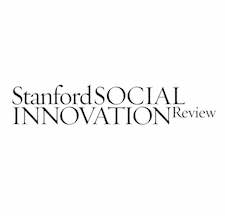In another day and age, we would have written that supporting the well-being of grantees was the easiest way to become a nonprofit’s favorite funder. Whether funding poverty or climate solutions, or supporting communities in Baltimore or Bahrain, we would have argued that individual well-being could generate broader social outcomes, because healthy people create healthy things. Today, it’s clear that all of us in the funding world need to support grantee well-being—not to become the favorite funder, but to help social change organizations survive the pandemic right in front of us, and then ensure that they have the resilience, as well as the capacity to innovate and collaborate, that they need to effectively navigate challenges to come.
Physically, mentally, and emotionally adapting to COVID-19 has proved especially challenging for people working in social change. Social change organizations are facing extraordinary demand for their services, often with insufficient staffing and resources. Some have had to reduce wages, cut hourly staff, or lay off full-time staff amid great uncertainty. Meanwhile, as previous stories in this article series have pointed out, nonprofit leaders and others often struggle to maintain even a tenuous line between work and home life. For many, the two are now forcibly and inextricably merged. The world has called on the social change workforce to both prevent and respond to the consequences of COVID-19, and there are already signals that people are reaching their physical, mental, and emotional limits.
This is an excerpt from the article How Funders Can Support Individual Well-Being
by Jessamyn Shams-Lau and Leah Wilberding.
This article is a part of a special series on the connection between inner well-being and social change, in partnership with The Wellbeing Project, Stanford Social Innovation Review, Schwab Foundation at the World Economic Forum, and Skoll Foundation.





